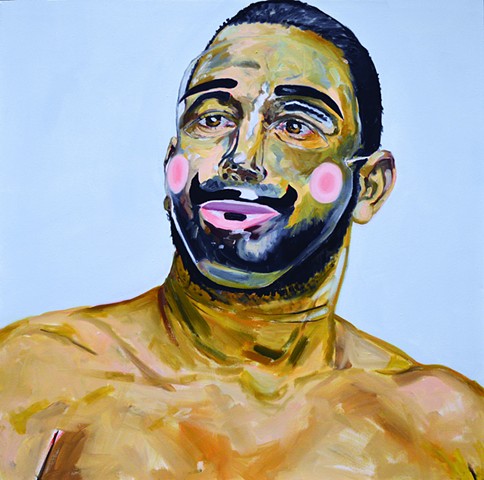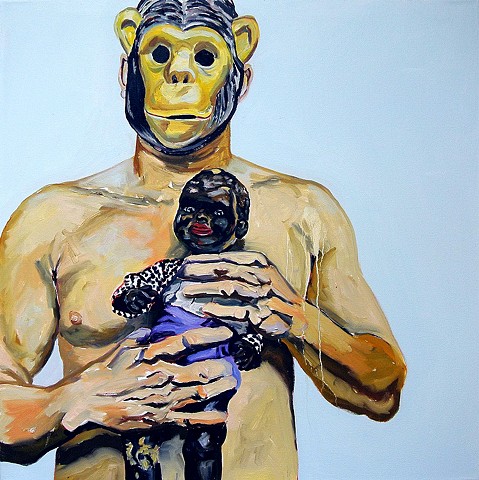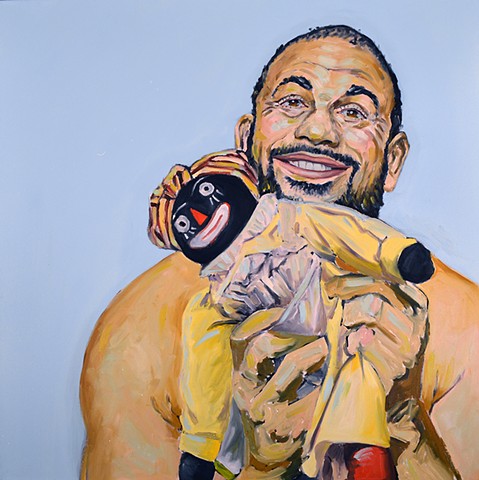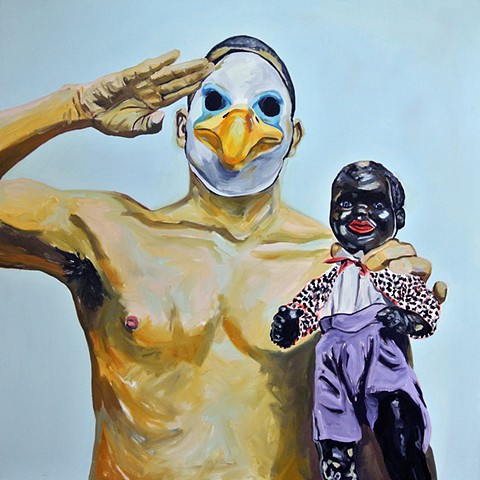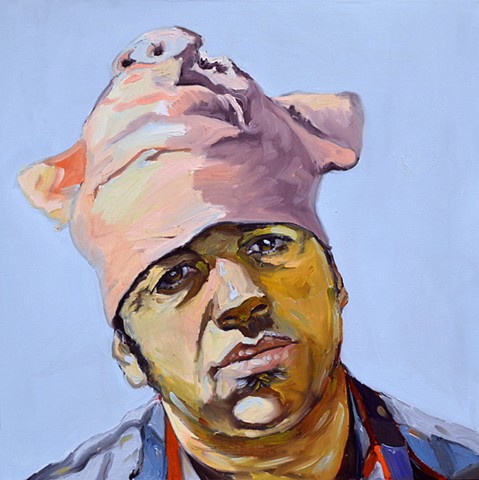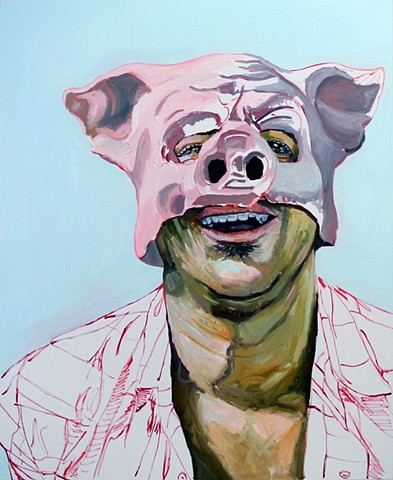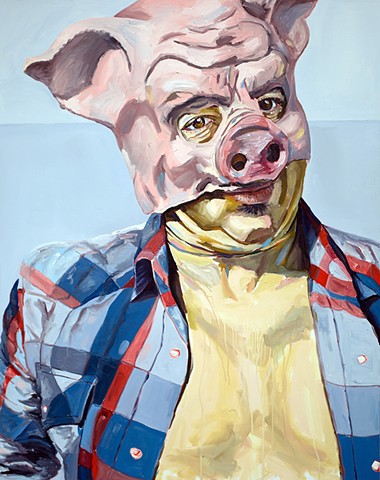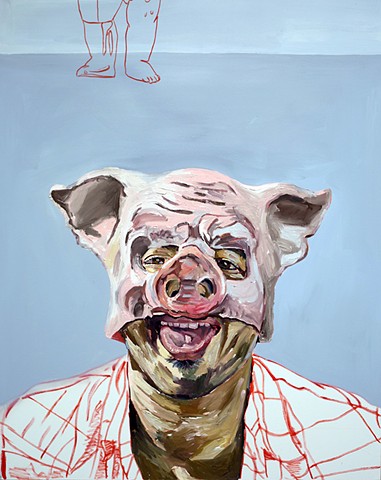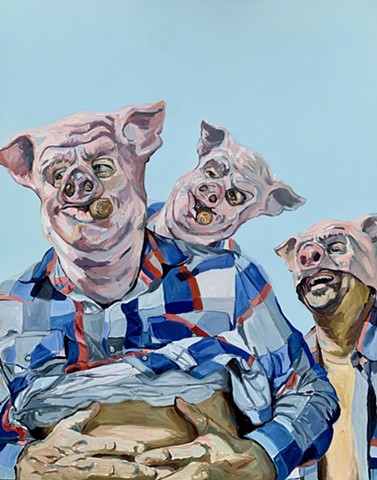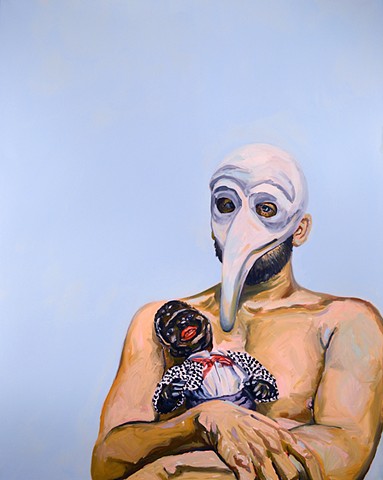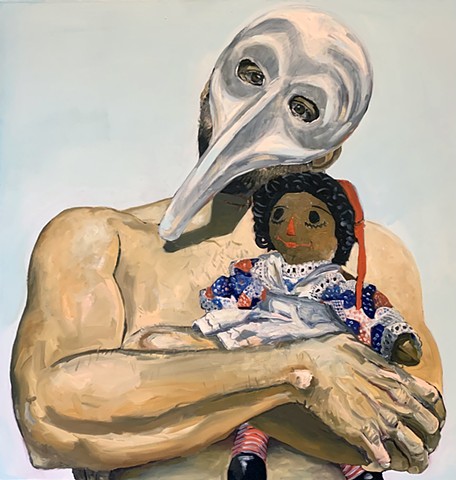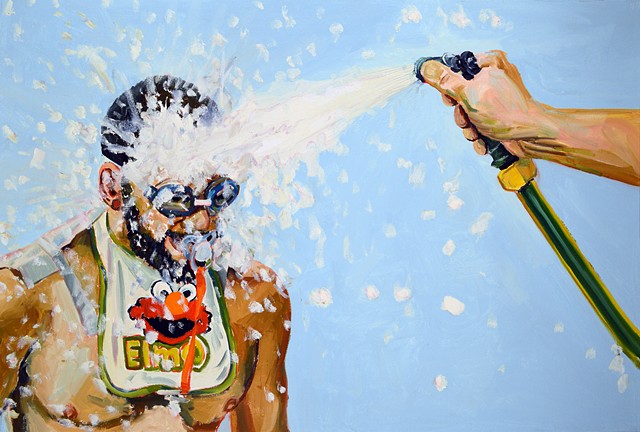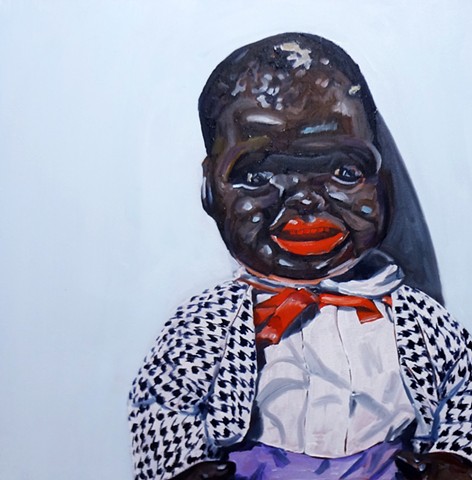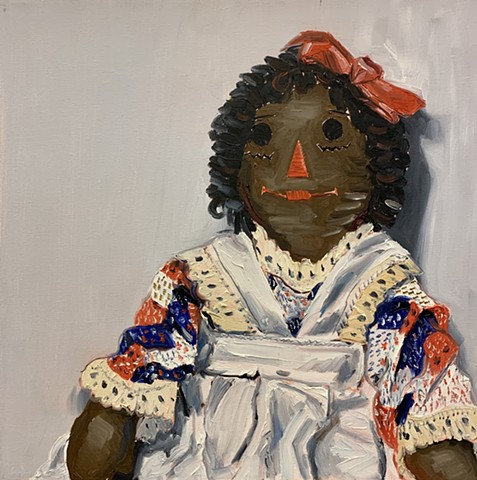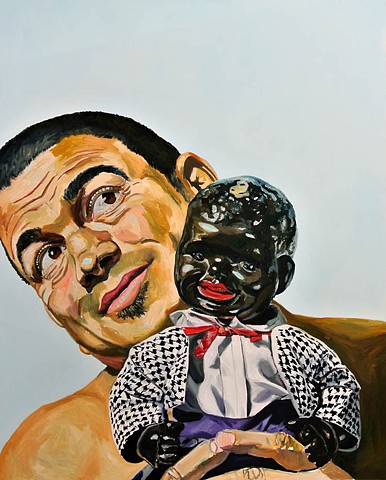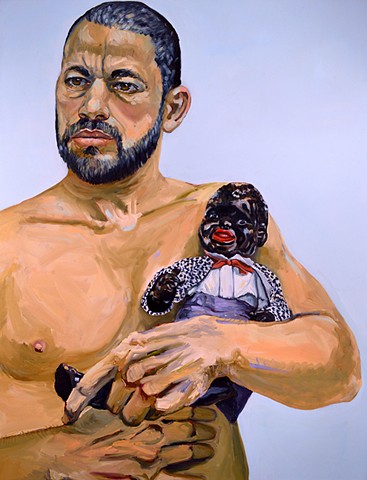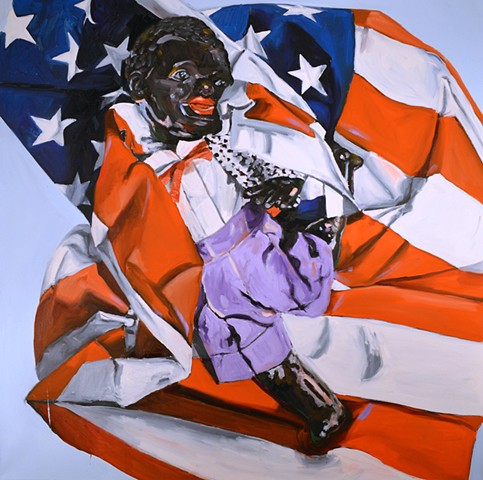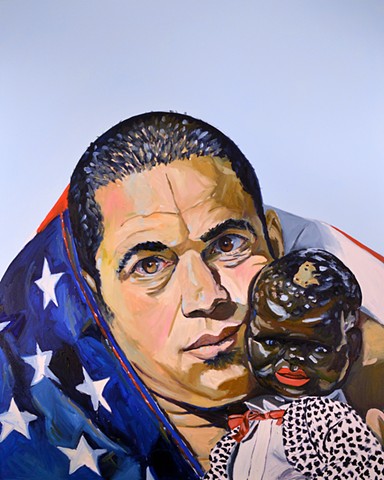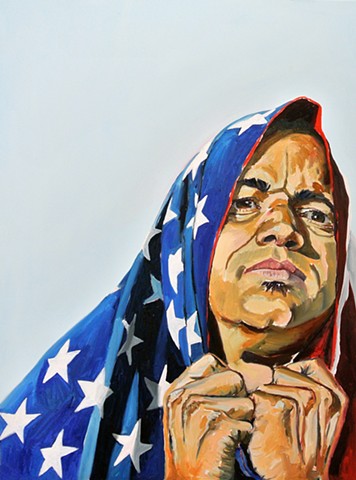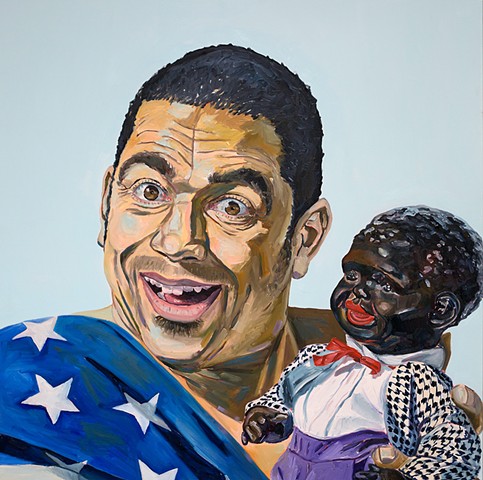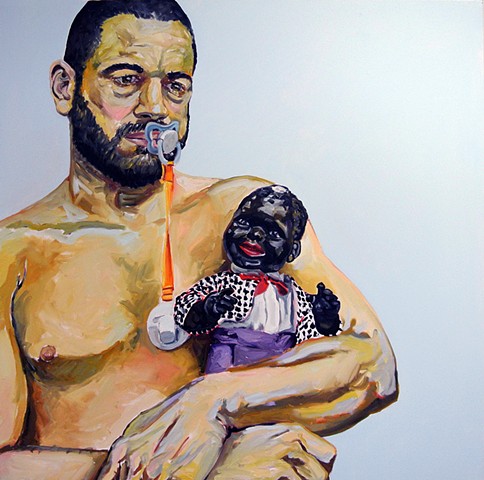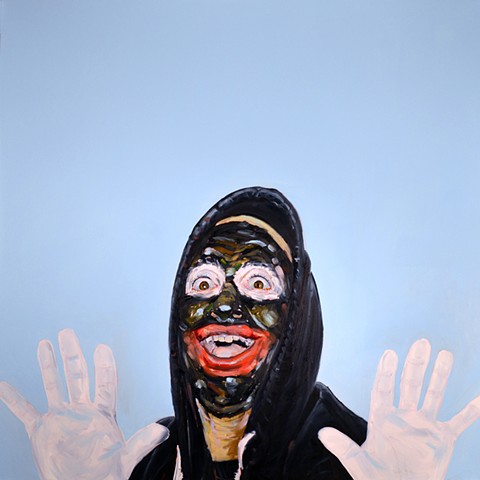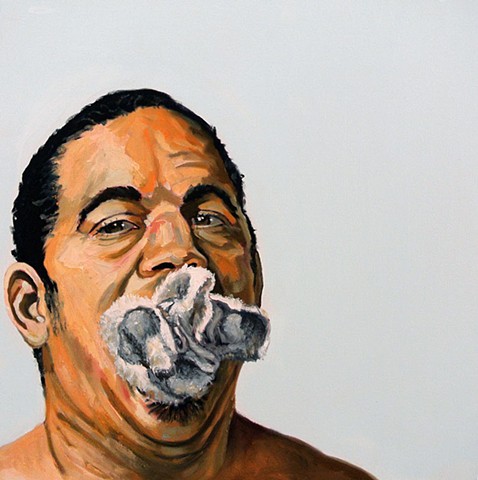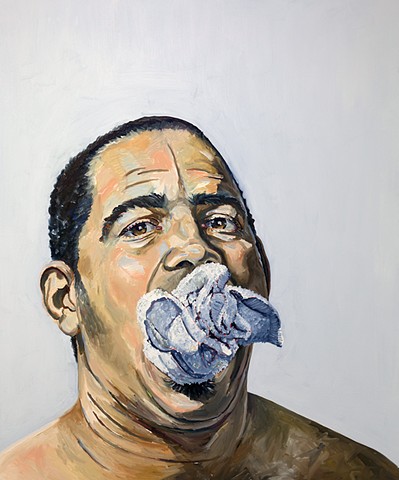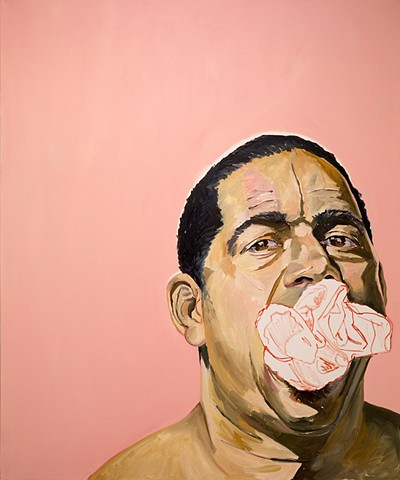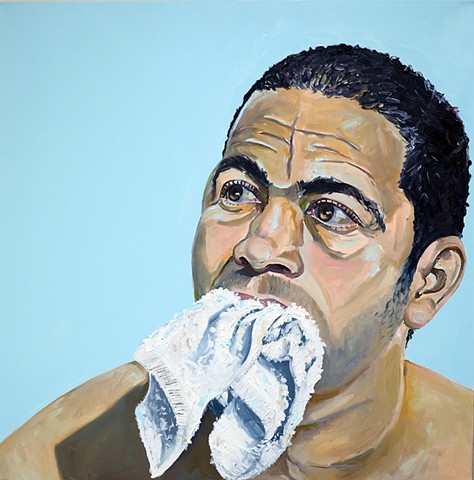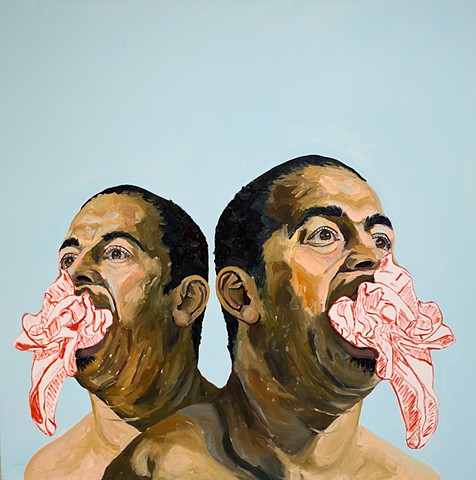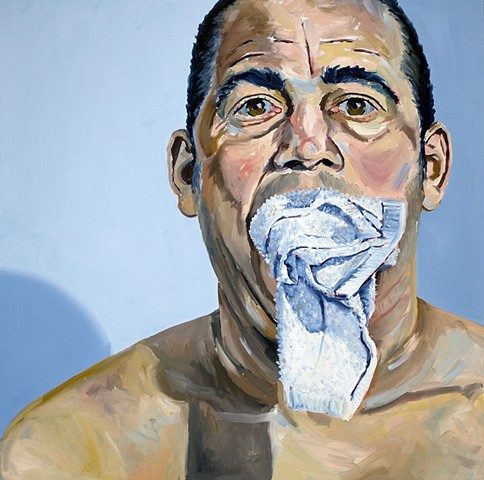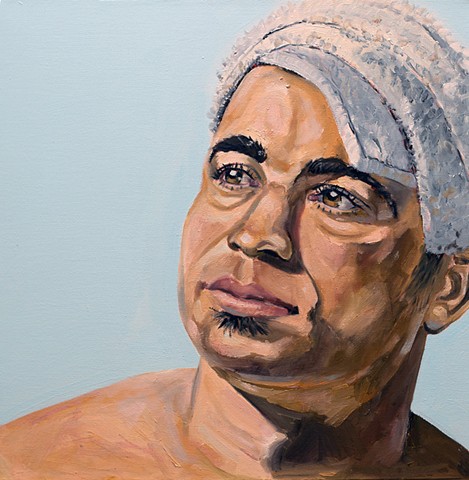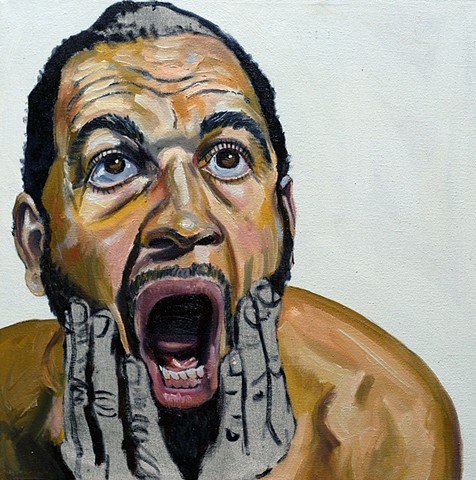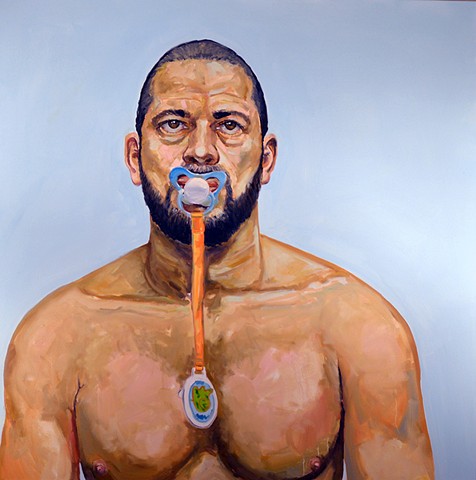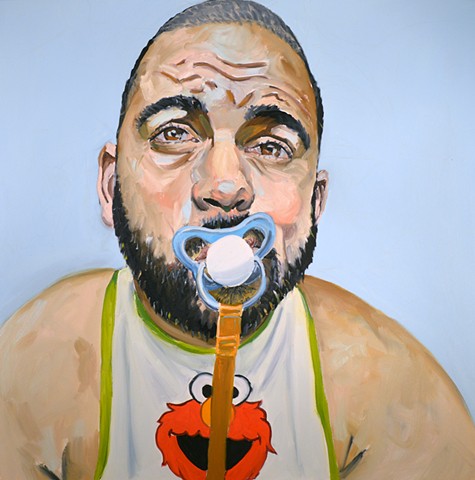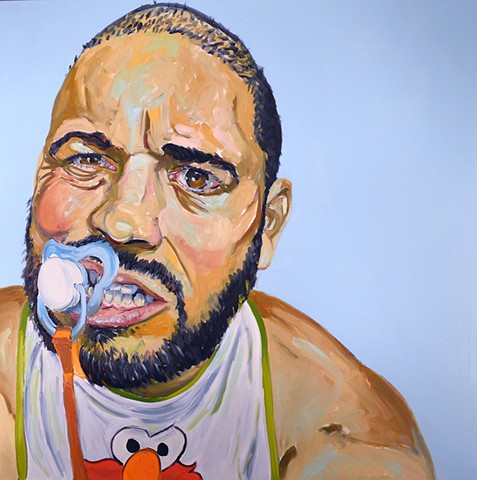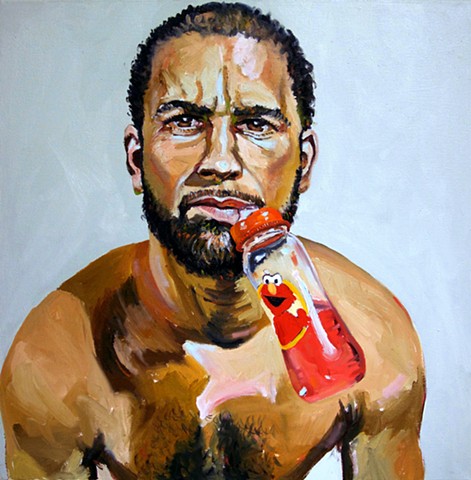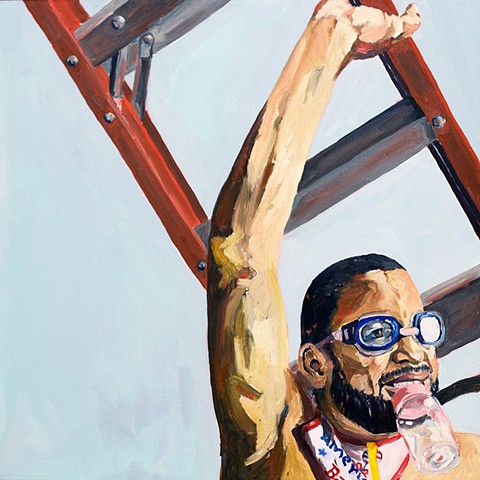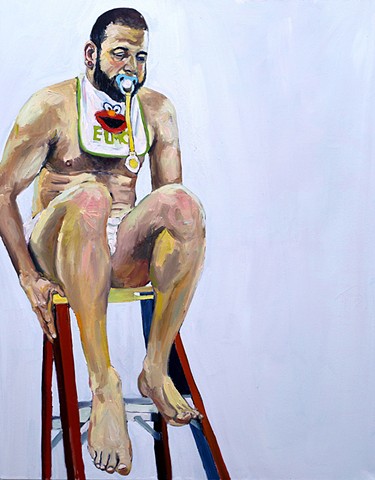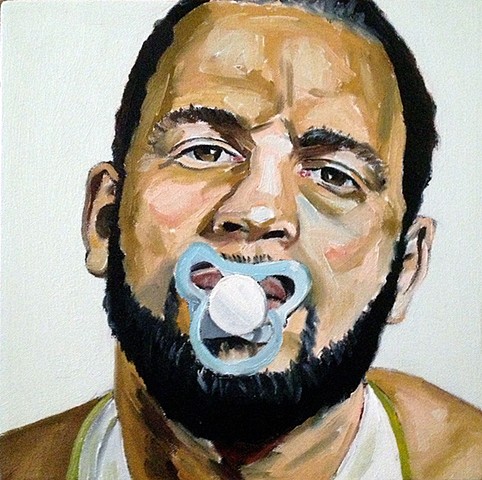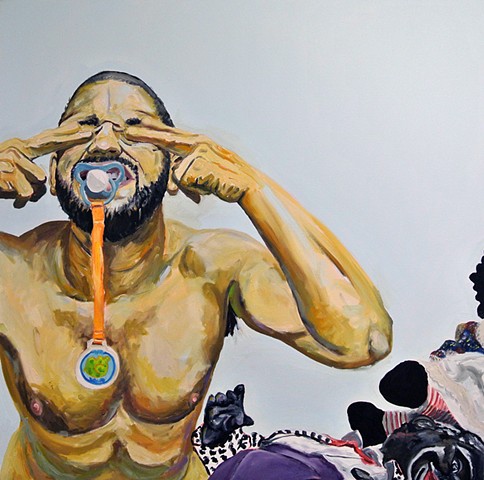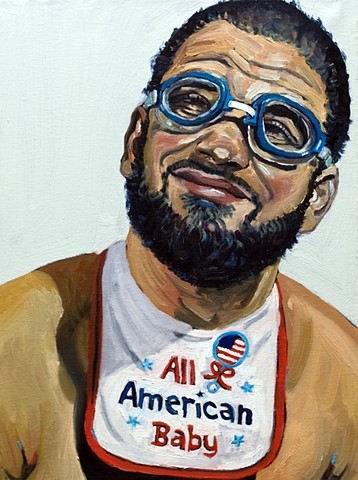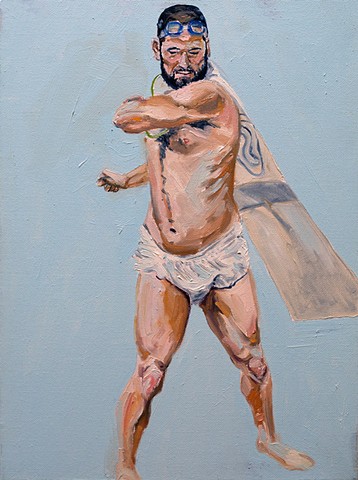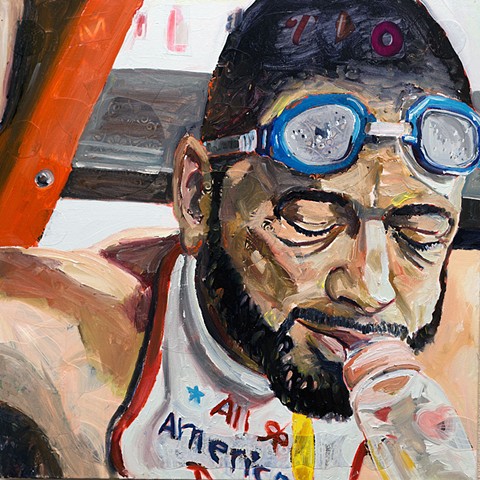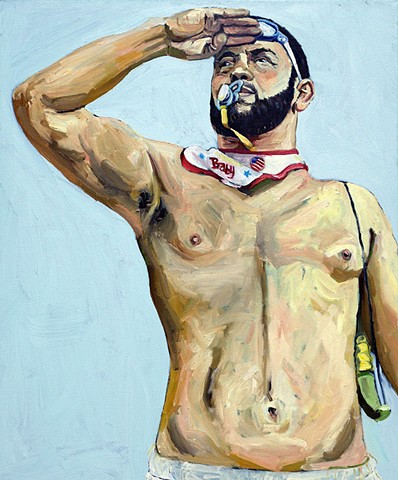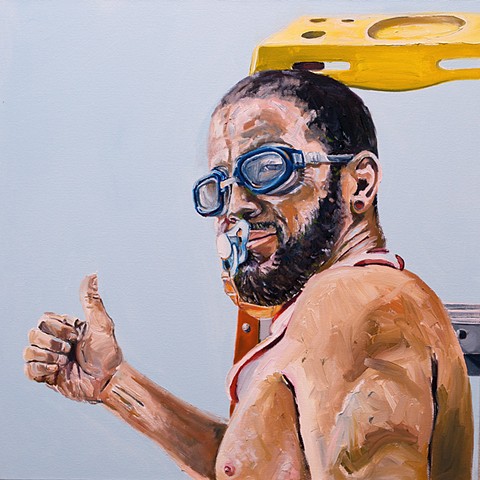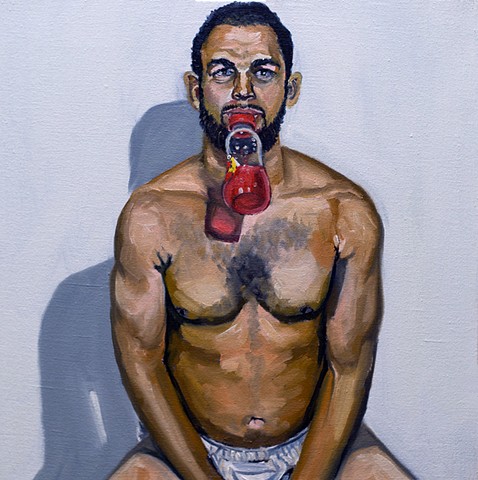The More Things Change, the More They Stay the Same (2013-2020)
Statement
As a bi-racial American, I have often felt out of place, excluded, and alone in majority white spaces. In black spaces, I have also felt different. What I have experienced is that I do not neatly fit into white culture or black culture but rather rest in the middle. I have conceptualized this unique “in between” space based upon my experiences and the conversations I have had with other bi-racial people over the years. Exploring this “in between” space has been the major focus of my creative work. My newest body of work is titled, "The More Things Change the More They Stay the Same."
These paintings are my response toward the brutal police killings of unarmed black men, women, and children across America. There has been national media coverage from Trayvon Martin (2012) and Eric Garner (2014) to Tamir Rice (2014) and Michael Brown (2014). The deceased victim’s range in age from twelve to fifty years old. The killings have continued. I am interested in the value of black bodies in contemporary America, which has a long history of violence against its black population through slavery, Jim Crow, and mass incarceration. My aim is to locate myself in this discussion as a bi-racial black man who has been both the victim of racism and “passed” for white because of my light skin.
I use self-portraiture and props to insert myself into a narrative structure. The white towel, the flag, the masks, the black dolls are fluid metaphors in this story. The towel could be the dominance of the white majority but also turns into a head coving in the painting Raghead and could reference Islamophobia in the current political climate. An additional American racial and cultural intolerance. These dual meanings allow for multiple interpretations. One of the black dolls used is a Sambo type doll that was made for white children to play with decades ago. It is smiling, happy, and broken. This antique continues to serve as a reminder for me of the work we have to do in this country (and beyond) to demand social justice, equal rights, and protection under the law.
Many of the titles for the paintings are snippets from famous speeches in the past and current books on black political life. The speeches are from people like Frederick Douglass, W.E.B. DuBois, MLK, and Malcolm X. While reading these speeches it became shockingly clear to me that many of the injustices that are faced today in black and brown spaces were challenges that past communities of color also faced. The speeches are as relevant today as they were fifty or one-hundred years ago when they were given. It is my belief that the more things change the more they stay the same.
